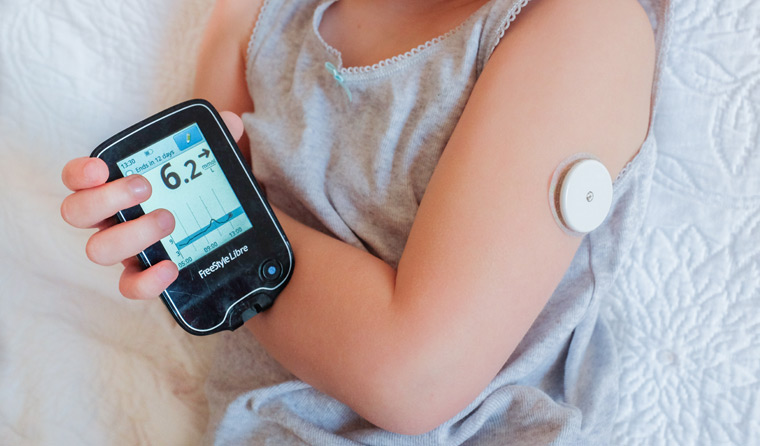News
Federal Government pledges $100m to support patients with type 1 diabetes
Patients with type 1 diabetes will receive more options for continuous glucose monitoring and free access to such devices following the Government’s funding pledge.
 More than 37,000 people with type 1 diabetes will receive free glucose monitoring. (Image: Katie Collins)
More than 37,000 people with type 1 diabetes will receive free glucose monitoring. (Image: Katie Collins)
The Federal Government has announced it will invest an additional $100 million over four years to support patients with type 1 diabetes.
The move is designed ensure free continuous glucose monitoring devices are available to more than 37,000 Australians with type 1 diabetes.
Federal Health Minister Greg Hunt said this new initiative will save families up to $7000 per year.
From 1 March 2019, eligibility for fully subsidised continuous glucose monitoring devices will be expanded under the National Diabetes Services Scheme to include:
- women with type 1 diabetes who are pregnant, breastfeeding or actively planning a pregnancy
- people with type 1 diabetes aged 21 years or older who have concessional status, and who have a high clinical need (such as experiencing recurrent severe hypoglycaemic events)
- children and young people with conditions similar to type 1 diabetes who require insulin (this includes a range of conditions such as cystic fibrosis-related diabetes or neonatal diabetes).
The Government has pledged to work with Diabetes Australia and key diabetes experts to implement the expanded scheme and finalise the clinical criteria.
The funding will provide continuous glucose monitoring in two forms, providing patients with more choice regarding how they manage their diabetes.
One type of continuous monitoring involves a sensor, usually attached to the stomach, that monitors glucose levels and provides alerts if levels drop too low.
The Government also plans to add the new
FreeStyle Libre Flash Glucose Monitoring System to the scheme.
This system involves a sensor on the arm that monitors glucose levels and sends readings to a user’s mobile phone or diabetes management device. When a patient passes their phone or device past the sensor, it provides a reading of their glucose levels. It also helps patients see trends in their glucose levels and allows the information to be shared with others.
The funding has been welcomed by Dr Alison Nankervis, Clinical Head of Diabetes at the Department of Diabetes and Endocrinology at Royal Melbourne Hospital, who said continuous monitoring is ‘much easier’ and ‘so much more accurate’ than current methods (finger-prick tests) for people with type 1 diabetes.
‘It leads to better control. We’ve got very, very good evidence about that,’ Dr Nankervis said.
‘So all of the outcomes are incredibly positive. And the most positive thing is just the sense of confidence that women and young people have in their blood glucose levels. If they’re going to normalise their blood glucose levels, it’s going to be with this sort of technology.’
Expanding access to these glucose-monitoring devices may offer many other benefits, including reducing stress and anxiety, as well as fewer emergency hospital visits.
Diabetes Australia’s Greg Johnson said the additional funding may be ‘life-changing’ and ‘life-saving’ for the children born from type 1 diabetes pregnancies.
‘This technology not only has an immediate impact during the pregnancy, but it has a lifetime potential benefit to those kids who are born with it,’ he said.
Research backs that notion, with a 2016 paper published in the
Medical Journal of Australia concluding that women with type 1 diabetes, even when managed in a specialist setting, still experience adverse obstetric and neonatal outcomes.
The research found the median gestation period for babies born to mothers with type 1 diabetes was shorter, with neonates more likely to be large for gestational age, more likely to have shoulder dystocia, hypoglycaemia, respiratory distress, pre-term birth or even suffer perinatal death.
Minister Hunt said there are currently 120,000 Australians with type 1 diabetes and that it is a condition that is growing at a rate of around 3500 per year.
breastfeeding continuous glucose monitoring diabetes funding glucose monitoring pregnancy type 1 diabetes
newsGP weekly poll
Health practitioners found guilty of sexual misconduct will soon have the finding permanently recorded on their public register record. Do you support this change?